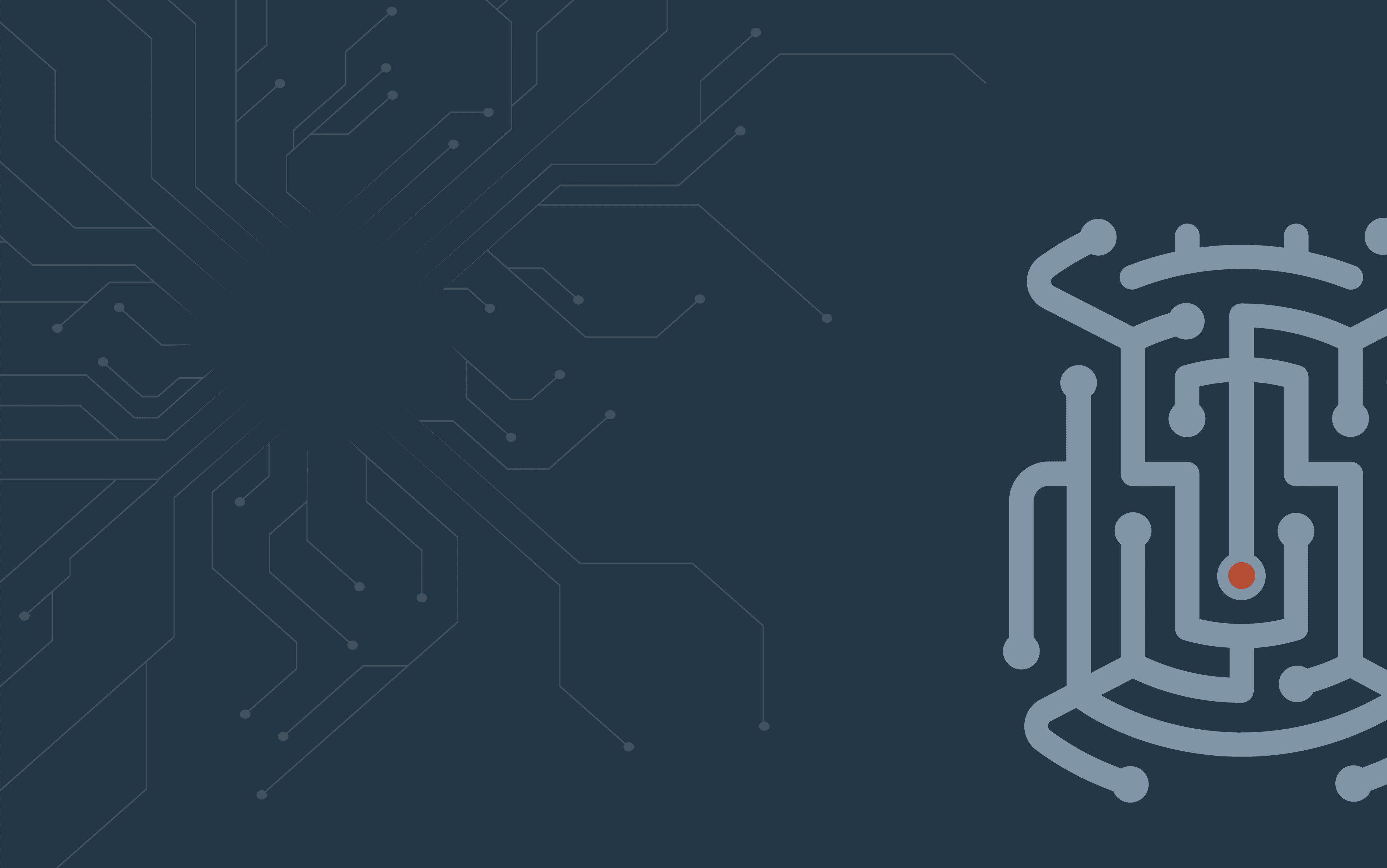
OPERATIONAL DEFECT DATABASE
...


...

Tested for a failed disk by manually pulling the disk out of the server onlineAt the OS level, the disk cannot be seen even though it has been re-added to the server.This is not really an SIO issue.
This happens because the disk status is cached in a wrong state.
Perform the below steps: This is not a recommended way to test for a failed disk in an SIO cluster. Have the customer install the perccli utility on the Dell server if they do not already have it. (see link below for it) Get the output from the following command: # /opt/MegaRAID/perccli/perccli64 /c0 show Make sure the hard drive that was pulled and returned is visible under the PD list. Check if the VD (virtual disk) is missing. Try to create the VD if it is missing: # opt/MegaRAID/perccli/perccli64 /c0 add vd type=raid0 drives=EID:Slt direct wt nora ( this is for No ReadAhead (NR) WriteThrough (WT) You might get an error: # /opt/MegaRAID/perccli/perccli64 /c0 add vd type=raid0 drives=EID:Slt direct wt nora Controller = 0 Status = Failure Description = controller has data in cache for offline or missing virtual disks If you get the error message above check the KB 500119: storcli commands not effective https://www.dell.com/support/kbdoc/en-us/000065897/storcli-commands-not-effective As you are using the perccli utility use the perrcli command to check for preserved cache: #/opt/MegaRAID/perccli/perccli64 /c0 show preservedcache If there is a preserved cache, the output shows: #/opt/MegaRAID/perccli/perccli64 /c0 show preservedcache Controller = 0 Status = Success Description = None ----------- VD State ----------- 16 Missing Delete the preserved cache with: #opt/MegaRAID/perccli/perccli64 /c0/v16 delete preservedcache Then create the VD with: #opt/MegaRAID/perccli/perccli64 /c0 add vd type=raid0 drives=EID:Slt direct wt nora A reboot should not be required, and the disk should be seen at the OS level now. Check by running the following: # ls -l /dev/disk/by-path | grep pci #ls -l /dev/disk/by-path | grep pci | wc -l #fdisk -l | grep Disk #lsblk You should then be able to add the disk back into the SIO Cluster Log in to the ScaleIO UI. From the Backend SDS screen, right-click the SDS and select Add Device. Type the OS name in the Path field.
Click on a version to see all relevant bugs
Dell Integration
Learn more about where this data comes from
Bug Scrub Advisor
Streamline upgrades with automated vendor bug scrubs
BugZero Enterprise
Wish you caught this bug sooner? Get proactive today.